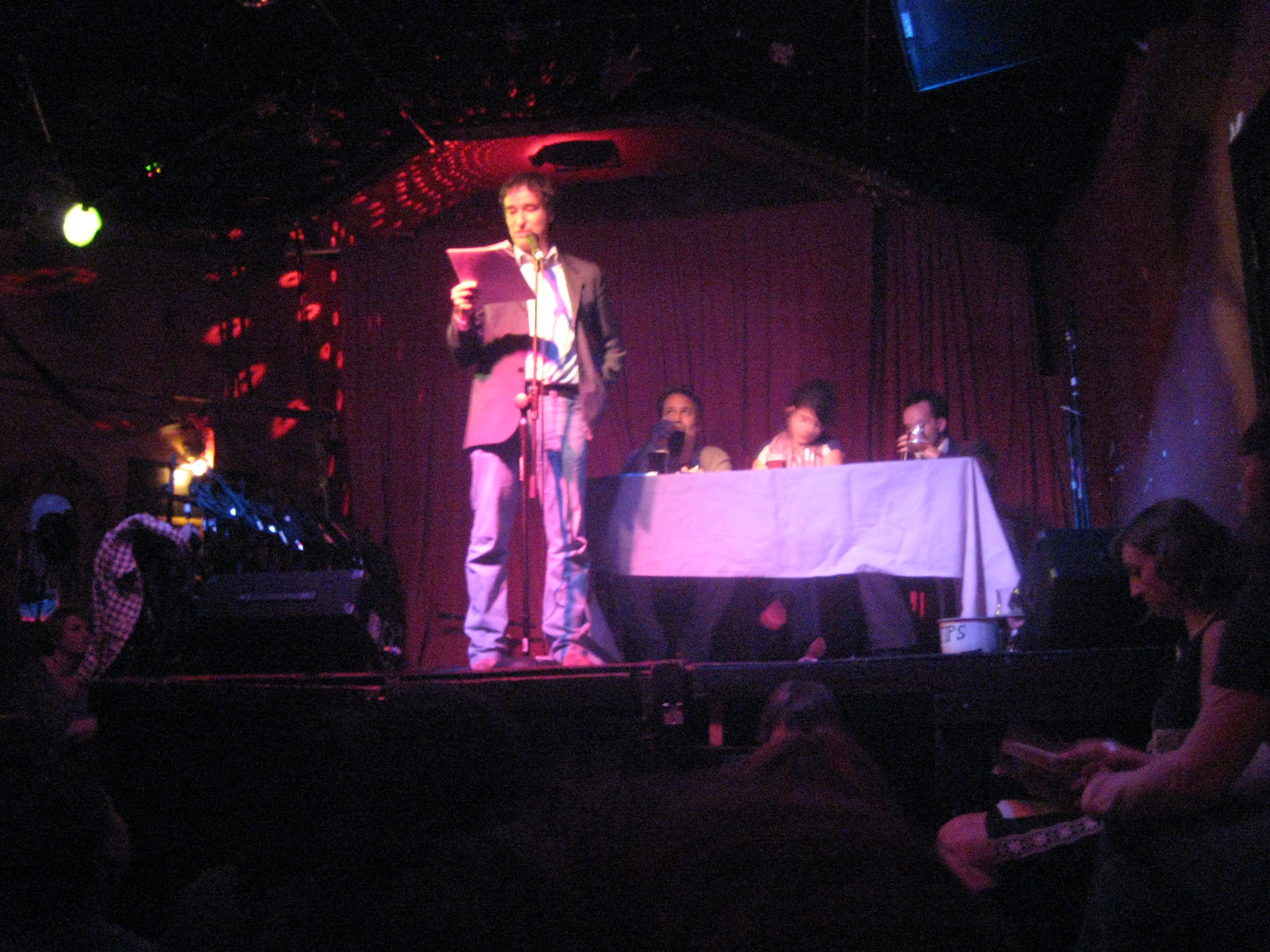

Finally, Nestin + cells and astrocytes gave rise to astroglial scars, which persisted 60 days post-GCI. This amnesia was accompanied by huge astroglial and microglial hyperactivity at day 30 post-GCI. These results were linked with severe learning and memory impairments only in bilaterally ischemic rats at day 14 post-GCI. Then, hyper-intense signals in the dorsal hippocampus were confirmed by strong neuronal losses in the CA1 layer at day 7 post-GCI. Consequently, we showed a rise in cell proliferation (Ki 67 + cells) and endogenous neurogenesis especially in the dentate gyrus (DG) at day 3 post-GCI. In fact, aMRI revealed the appearance of hyper-intense signals in the dorsal hippocampus at day 3 post-GCI. We demonstrated that the imaging, behavioral and histological results are closely related.

Finally, a “longitudinal” histological study was carried out to highlight the cellular reorganizations occurring after GCI. Then, the learning and memory abilities of control and ischemic (bilaterally or unilaterally) rats were assessed through the olfactory associated learning task. Hippocampal lesions in ischemic rats were visualized using anatomical Magnetic Resonance Imaging (aMRI). The four-vessel occlusion (4VO) model was performed to produce a transient GCI. This study focused on learning and memory deficits associated with brain neuroanatomical reorganization that appears after GCI. In most cases, patients who survive cardiac arrest develop severe cognitive and motor impairments. Global Cerebral Ischemia (GCI) occurs following cardiac arrest or neonatal asphyxia and leads to harmful neurological consequences.


 0 kommentar(er)
0 kommentar(er)
